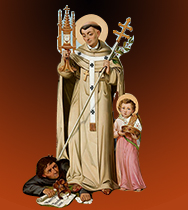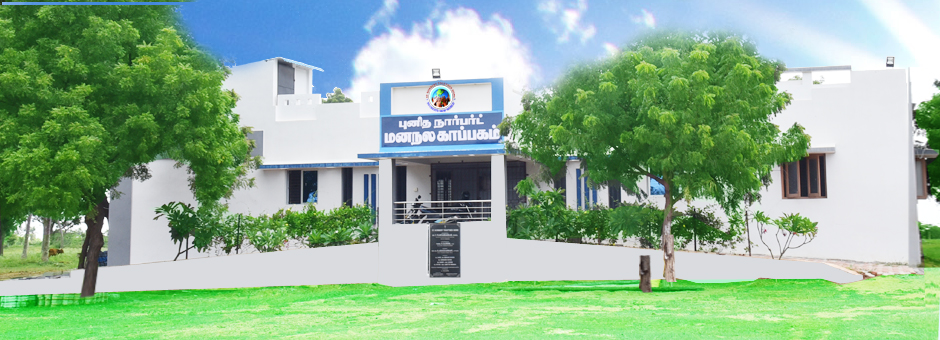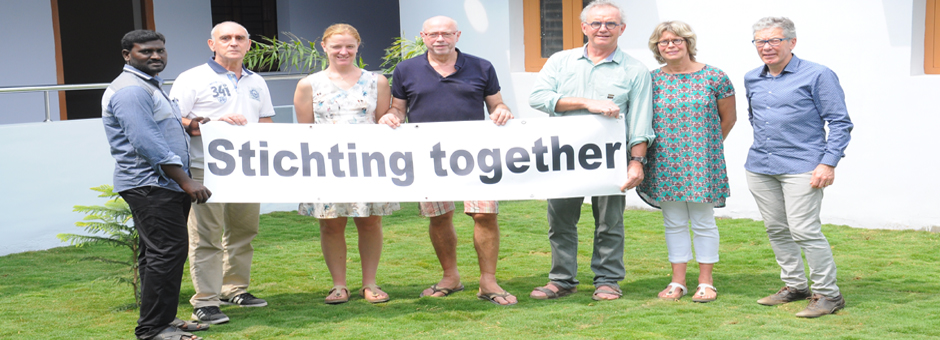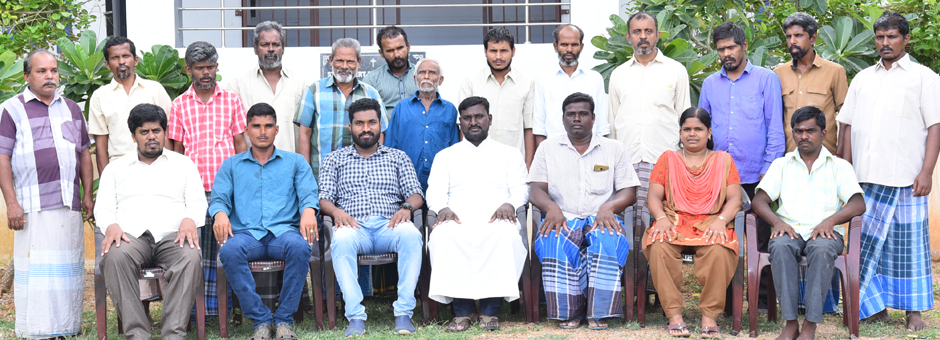ABOUT ST.NORBRT TOGETHER HOME, DEVILI
Rev. Fr. K. Arockiaswamy, O.Praem the prior was inspired and initiated to start a home for mentally ill persons. He discussed with the Norbertine Fathers of St. Norbert priory, Sembattu. After the discussion they unanimously agreed to establish the Home for the mentally ill persons at Devili in the District of Pudukottai. ‘Stitching Together’ a charitable organization, from Holland took interest to assist financially to construct the Together Home. The Home was inaugurated on 10th March 2018, and blessed by Rev. Fr. K. Arockiaswamy. O.Pream, Prior of St. Norbert priory Sembattu, opened by Dr. C Vijaya Baskar, The Hon’ble Minister for Health and welfare, Government of Tamil Nadu. In the presence of Mr. S. Ganesh, IAS, Collector of Pudukottai District, Health official, Local Leaders, Members of ‘Stitching Together’ Charitable Organization Holland and well-wishers.
The Home admit the mentally ill persons recommended by the Physician of the Government Hospital, Pudukottai.
The purpose of starting this home is to help out the mentally affected persons into a normal human individual.

St. Norbert
-
Norbertine orders ...
The "Norbertines", also known as the Premonstratensians are a Catholic religious order of ‘Canons Regular’ founded at Prémontré near Laon France in 1120 by Saint Norbert, who later became Archbishop of Magdeburg, Germany. Premonstratensians are designated by "O Praem" following the name the Order of Premontre. They are also known as the ‘White Canons’ (from the color of their habits) in Britain and Ireland On Christmas Day, 1121, after spending a year in prayer and meditation, St. Norbert and his followers made their first profession of vows, and founding the Canons Regular of Premontre. The men and women vowed to seek Christ by living the three vows (poverty, celibacy and obedient) and dedicating themselves to ministering the people of God. St.Norbert’s dream continues to find in the lives and ministries of his followers throughout the world, imitating the Jerusalem Christian community.
St.Norbert had made various efforts to introduce a strict form of canonical life in various communities of canons in Germany. In 1120 he was working in the Diocese of Laon, in the Picardie region of Northeastern France. There, in a rural place, called Prémontré, he and thirteen companions established a monastery to be the cradle of a new order. As they were canons regular, they followed the Rule of St. Augustine, but with supplementary statutes that made their life one of great austerity. As Premonstratensians , their work often involves preaching and the exercising of pastoral ministry in the universal church . They mostly serve in parishes closer to their abbeys / priories.
In 1126, when the order received papal approbation by Pope Honorius II, there were nine houses; others were established in quick succession throughout Western Europe, so that at the middle of the fourteenth century there were some 1,300 monasteries for men and 400 for women. The Norbertine played a predominant part in bringing of Christianity to the territories around the Elbe and the Oder rivers.
By the beginning of the nineteenth century the order had become almost extinct, only eight houses survived, all in Austria. However, there was something of a renaissance, and at the start of the twentieth century there were 20 monasteries and 1,000 priests. In the twenty-first century, the monasteries and member are increased.




